So you want to workout on a consistent basis...but you just don’t have the time. You’re definitely not alone in this. More and more people are finding it harder and harder to fit a consistent exercise routine into their lives. What’s more, they’re finding it harder to get one they can stick to. Well the good news is that you can get the benefits of longer exercise routines in a shorter amount of time by focusing on one thing: intensity.
If you’ve been reading this blog for any significant amount of time then you know how important we feel intensity is to your exercise. It really is everything and if your effort is concentrated then it’ll be much easier to fit your exercise routine into your schedule and to not only stick to it, but also get the results you want from it.
Having true intensity during your workouts will do four main things. The first of these is that you’ll be able to work your metabolism through both energy systems very effectively: the anaerobic and aerobic pathways. Basically you can effectively improve your cardiovascular system without doing “traditional cardio.”
The anaerobic pathway does not use oxygen for energy and most of the fuel for anaerobic work comes from stored muscle glycogen. As a brief aside: glycogen is essentially chains of glucose (sugar) molecules that get stored in your muscles for quick high intensity movements. When you eat anything with glucose in it, like foods with a bunch of carbs, the energy eventually gets stored in your muscles as glycogen. But your muscles can only hold a finite amount of glycogen, so if they’ve reached their limit, the excess carbs you ate will then get stored as body fat. And thus that mechanism combined with all the simple carbohydrates and fast foods readily available at all times, we have the obesity epidemic we see today...
Getting back to the anaerobic pathway though, like I said, it doesn’t use oxygen but does require mostly muscle glycogen to work. Your energy metabolism always starts here. No matter what you’re doing, whether it’s sleeping (super low intensity) or sprinting (super high intensity), your body goes through the anaerobic pathway first and foremost.
After going through the anaerobic pathway it goes through the aerobic pathway. The aerobic pathway does require oxygen and uses fatty acids and pyruvate (more on this later.) This pathway is used in mostly low intensity states like jogging or when you’re at rest.
Now that you have some background on your metabolism, you might be thinking “okay so by adding more intensity to my exercise routines I’ll be able to use my anaerobic pathway and aerobic pathway more effectively, but why?” I appreciate you asking! Strap in because we’re digging a bit deeper...
During anaerobic work, pyruvate (a waste product) is created outside of the cell at a faster rate than it can be used in the aerobic system (remember that your metabolism starts at the anaerobic pathway and then goes to the aerobic pathway). When pyruvate is processed your aerobic system gets worked.
Your anaerobic pathway will always be able to make pyruvate faster than the aerobic pathway can use it. The pyruvate accumulates and is converted to lactic acid, causing lactic acidosis--that burning feeling you get in your thighs or chest and arms when going up a flight of stairs really fast or doing a ton of pushups. So we got a bunch of lactate accumulating anaerobically (outside of the cell mitochondria) because its predecessor pyruvate can’t get processed quickly enough aerobically (into the cell mitochondria.)
At this point, to process the lactate it’s converted back to pyruvate, which can then be processed aerobically into the cell. What this all means is that during recovery from High Intensity Exercise (once pyruvate production has stopped), the aerobic system is stimulated to an equal or greater degree than conventional Low Intensity Exercise!
All the benefits to the cardiovascular system that happen aerobically occur during recovery from High Intensity anaerobic work! Ultimately, if you do a brief amount of really hard work (High Intensity Exercise) you’ll get more benefit than if you take a ton of time to do really easy work (Low Intensity Exercise)--and it’s done while you’re on the floor, gasping for air, as your body and brain try to figure out what the hell just happened!
So to spend less time working out and get better results, do a high intensity routine like our program at THE PLATFORM. This will stimulate both of your energy systems and you won’t have to do steady state cardio anymore. What high intensity routine do you like best? Let us know in the comments and stick around for the rest of this blog series!



